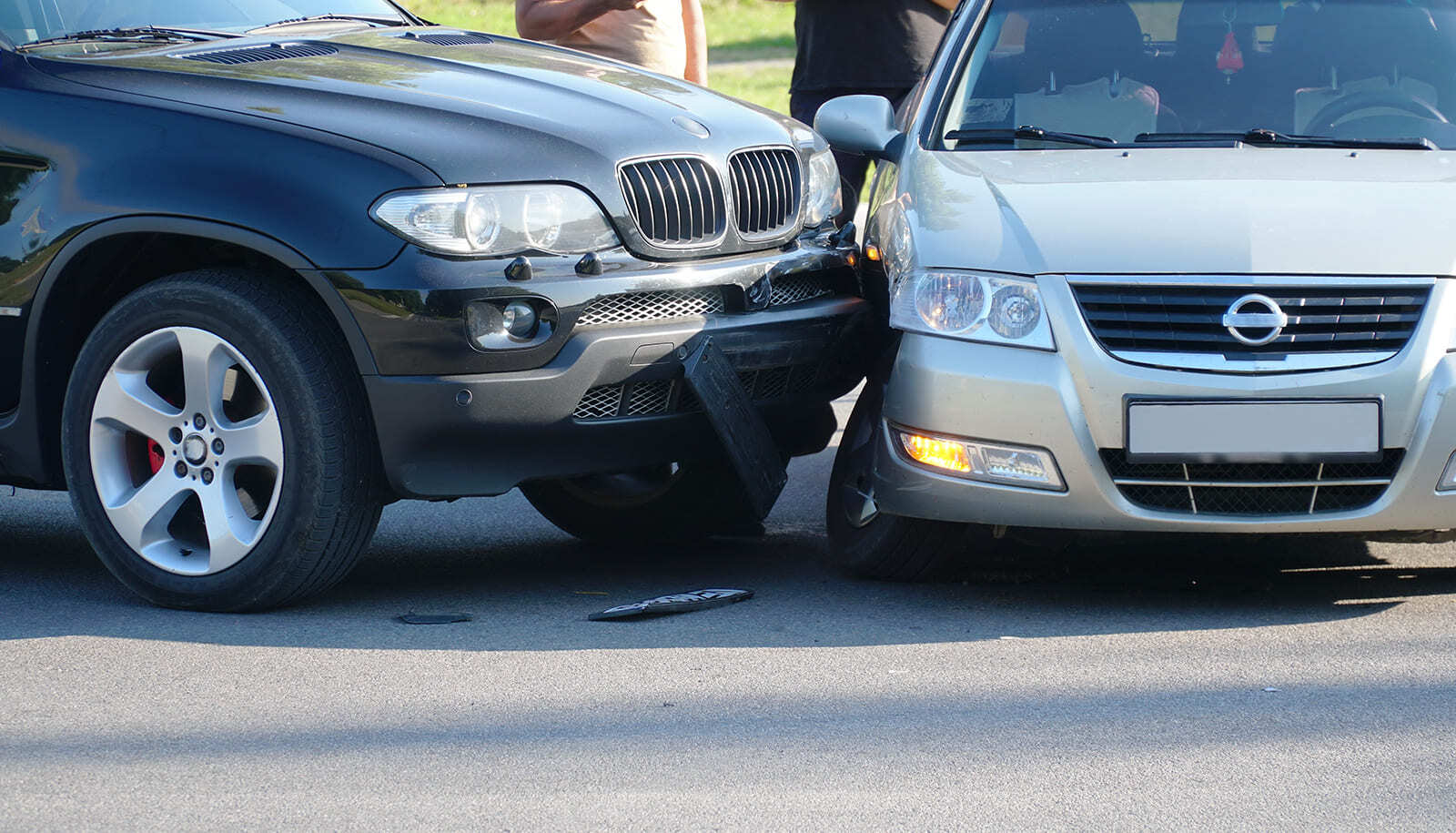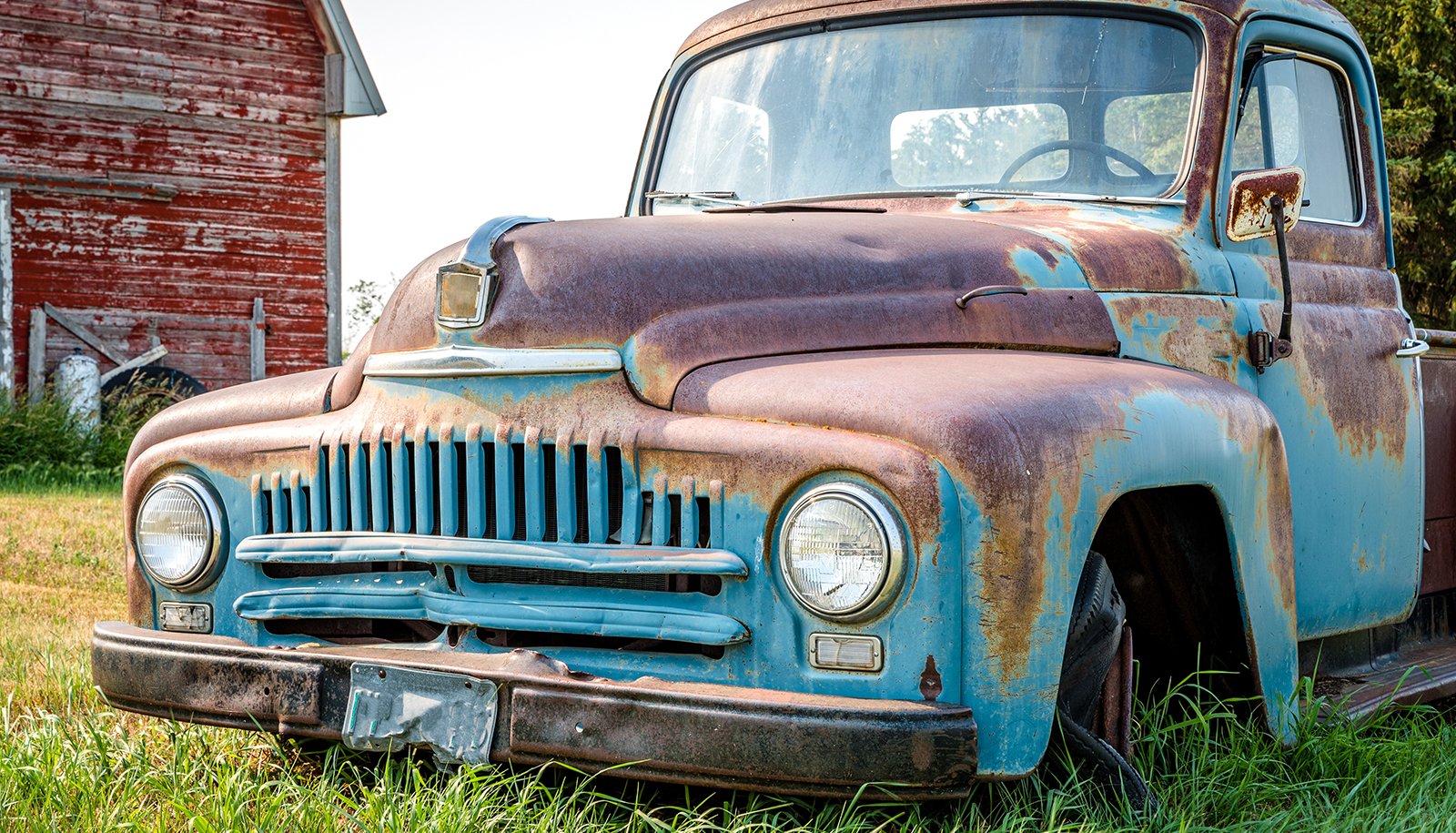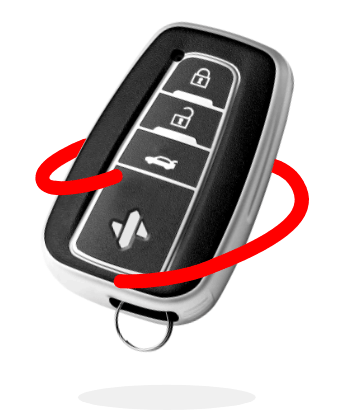When shopping for auto insurance, the list of options can feel endless, and the terminology might leave you scratching your head. Among the most common yet confusing terms are liability, collision, and comprehensive coverage.
Understanding these coverage types is essential for navigating your policy and protecting yourself, your vehicle, and your finances. This guide will help you understand what these coverage types entail when they apply and how they work together to cover different aspects of driving risks.
LIABILITY COVERAGE: PROTECTING OTHERS FROM YOUR MISTAKES
Liability coverage is the foundation of any auto insurance policy. It’s legally required in most states and designed to cover damages for which you are responsible in an accident.
What Does Liability Cover?
Liability insurance includes two main components:
- Bodily injury liability: Covers medical expenses, lost income, and even legal fees for injuries you cause to another person in an accident.
- Property damage liability: Covers repair or replacement costs for damages you cause to someone else’s property, such as their vehicle, fence, or mailbox.
For example, if you rear-end another car at a stoplight, your liability insurance would pay to repair their vehicle and handle any medical bills for the other driver who might be injured.
When is Liability Insurance Needed?
Since liability protects other people from damages you cause, it’s required by law in most states. States also set minimum limits you must carry for bodily injury and property damage. While it’s tempting to choose the lowest necessary amount to save money, this could leave you vulnerable.
If you cause an accident, and the damages exceed your coverage limit, you’ll be responsible for paying the difference out of pocket. A word to the wise: consider carrying higher liability limits if your assets or savings are substantial. This way, you’re better protected financially if a serious accident occurs.
COLLISION COVERAGE: COVERING CAR DAMAGE FROM ACCIDENTS
Collision coverage is all about your car. Unlike liability insurance, collision insurance focuses on repairing or replacing your own vehicle after an accident, regardless of fault.
What Does Collision Cover?
This type of coverage kicks in when:
- Your car collides with another vehicle.
- You hit a stationary object, such as a tree or guardrail.
- Your car sustains damage in a single-vehicle accident, such as flipping over on icy roads.
Imagine you accidentally hit a pole while backing out of a parking spot. Liability insurance wouldn’t help you here, but collision coverage would pay for repairs to your vehicle.
When is Collision Insurance Necessary?
Collision coverage is usually optional. However, if you’re leasing or financing your vehicle, your lender might require it. Even if it’s not mandatory, collision coverage is worth considering if your car is newer or has significant value. Repair costs after an accident can be surprisingly high, and having collision insurance can save you from major out-of-pocket expenses.
Consider whether the coverage cost is worth it for older vehicles with a lower market value. A good rule of thumb? If your car’s value is less than $2,000 or the annual premium is more than 10% of its value, collision coverage might not be worth carrying.
COMPREHENSIVE COVERAGE: COVERING THE UNPREDICTABLE
Comprehensive insurance handles risks unrelated to collisions. Think of it as protection from the unexpected.
What Does Comprehensive Cover?
This type of insurance helps with damages caused by:
- Natural disasters like hail, floods, or earthquakes.
- Theft or vandalism.
- Falling objects, like a tree branch.
- Animal collisions, such as hitting a deer.
- Glass damage, like a cracked windshield.
For example, say you park your car outside during a hailstorm, and the hail dents the hood and roof. Comprehensive coverage would pay for the repairs.
When is Comprehensive Insurance Necessary?
Like collision, comprehensive coverage is typically optional unless your lender requires it. That said, comprehensive coverage can provide peace of mind if your car is at risk from unpredictable elements.
For instance, comprehensive coverage is a smart investment if you live in an area prone to severe weather or high car theft rates. On the other hand, if your vehicle is older and its value has depreciated significantly, you might skip comprehensive coverage and save on premium costs.
HOW THESE COVERAGES WORK TOGETHER
Liability, collision, and comprehensive insurance are distinct but can work together to provide complete protection. Here’s a quick breakdown to illustrate how they could apply in a range of scenarios:
Scenario 1: You accidentally rear-ended another car at a stop sign while driving.
- Liability coverage pays for the other driver’s vehicle repairs and medical costs.
- Collision coverage covers the damage to your own vehicle.
Scenario 2: You park your car in a public lot, and overnight, a tree falls on it.
- Comprehensive coverage pays for the damage to your vehicle since a tree is considered a natural object.
Scenario 3: A reckless driver runs a red light and hits your car. They don’t have insurance.
- If the other driver is uninsured, your collision coverage (or uninsured motorist coverage, depending on your policy) steps in to cover your vehicle’s repairs.
Understanding these key differences helps you make the best decisions for your insurance needs. Remember, insurance is about risk management, and the right combination of liability, collision, and comprehensive coverage can save you a great deal of stress in the long run.
HOW TO MAKE THE RIGHT CHOICE FOR YOUR POLICY
Ultimately, choosing the right coverage depends on factors such as your car’s value, your financial situation, and your level of risk tolerance. If your car is financed, you may be required to carry both collision and comprehensive coverage, along with liability insurance.
For an older car, liability might be enough, but even then, it’s worth asking yourself if you’re prepared to replace your car out of pocket if something unexpected happens. Take some time to review your policy or speak with your insurance provider to tailor your coverage to your needs. It’s always better to be over-prepared than left vulnerable, especially when your vehicle is such an essential part of everyday life.
Navigating auto insurance can be tricky, but understanding the difference between liability, collision, and comprehensive coverage equips you to make informed decisions. These coverages each play an important role, whether you’re covering damages to your car, someone else’s property, or handling the unpredictable curveballs life throws. With the right policy, you can drive confidently, knowing you’re protected no matter what the road has in store.
If you need help finding the best car insurance coverage for the best price, start by speaking to a SimplyIOA agent at 833.872.4467 or get an auto insurance quote online now.











